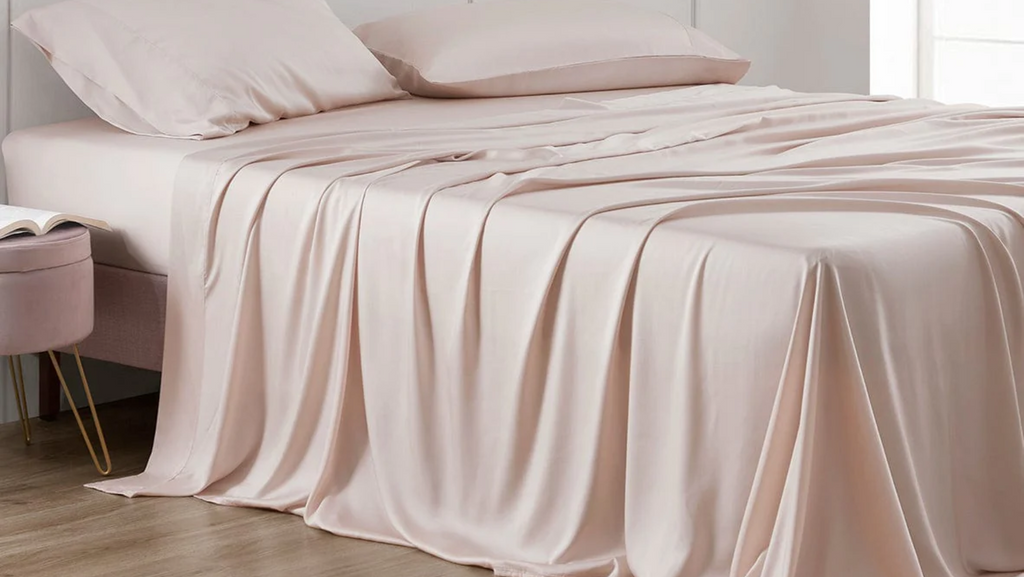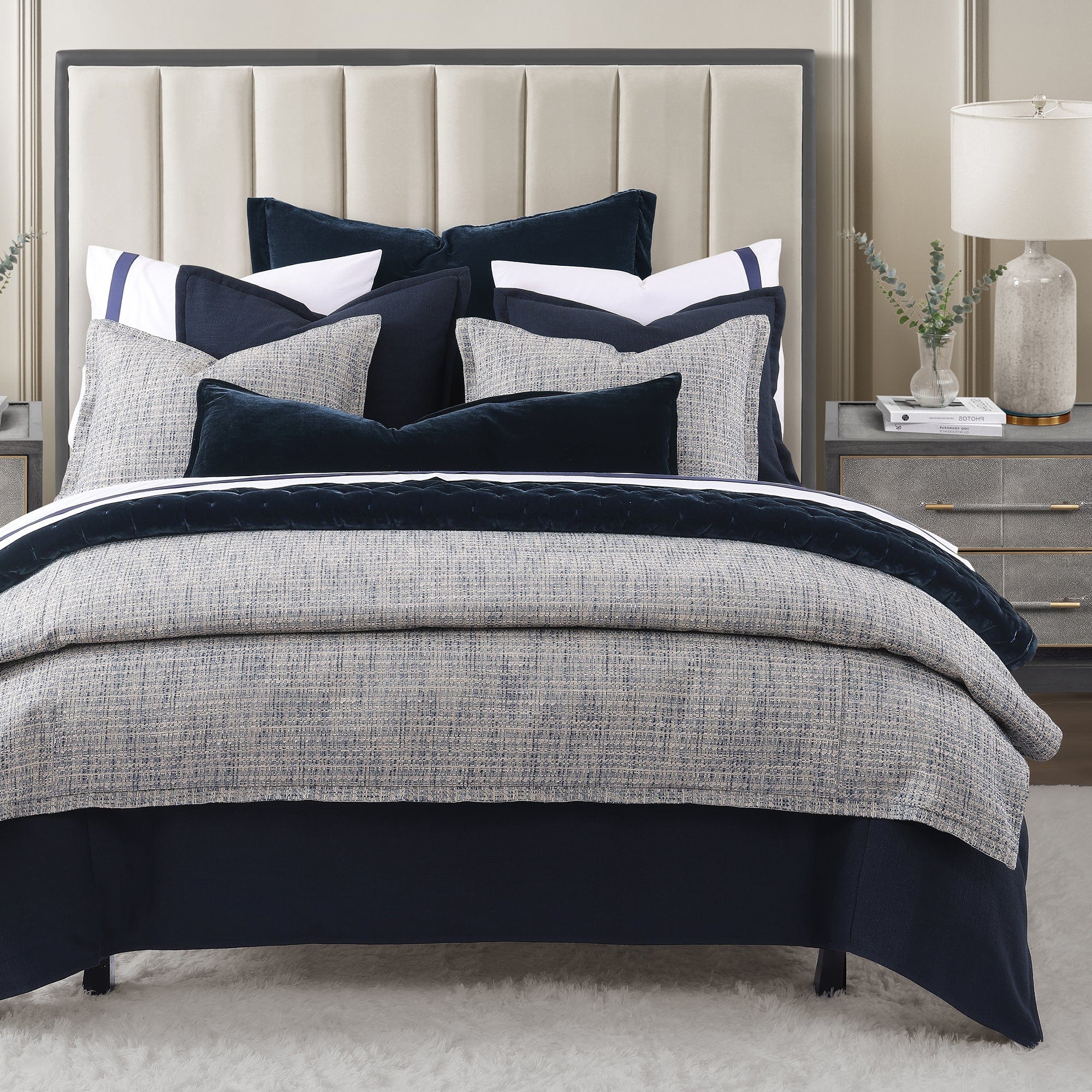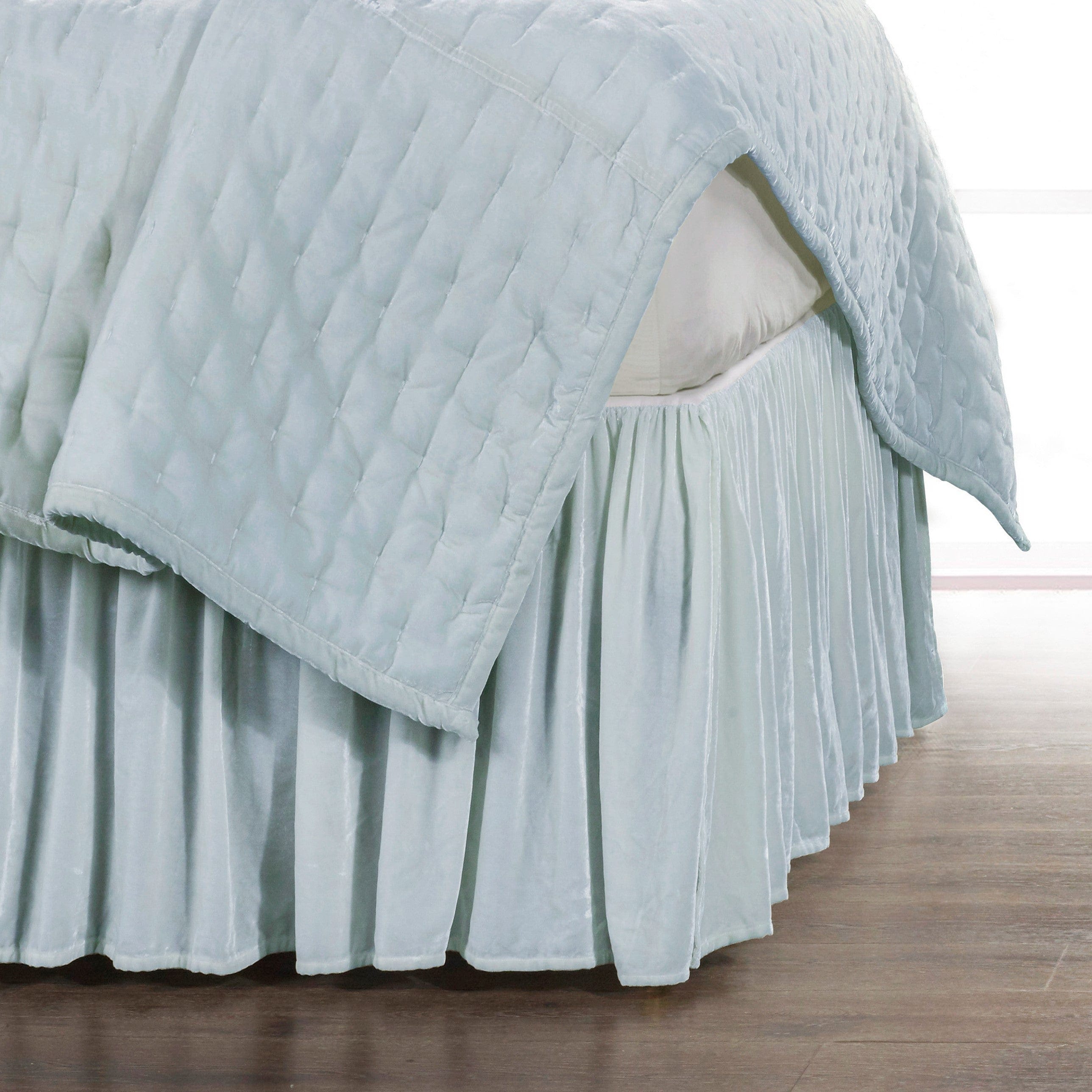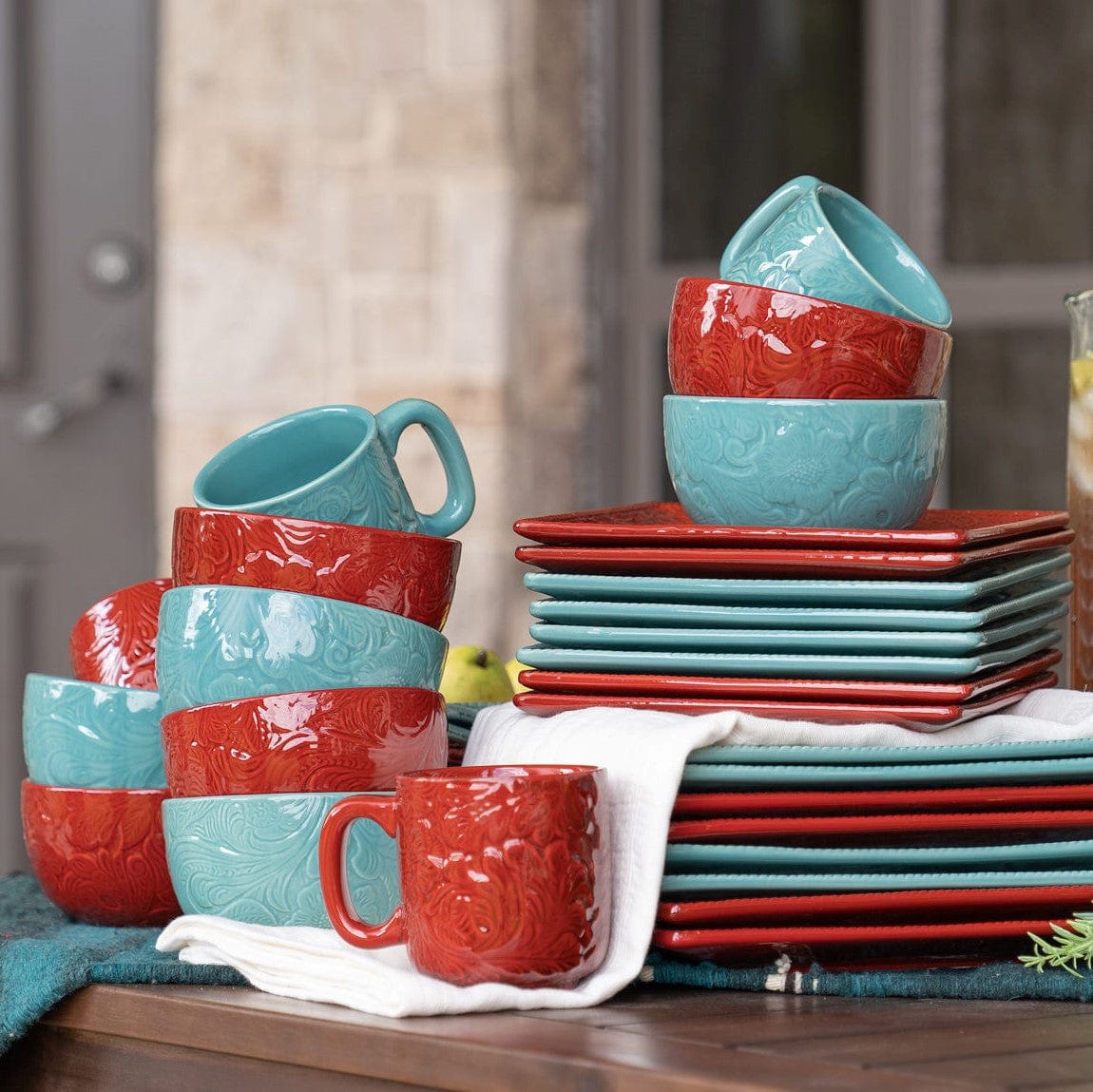10 Bedding Essentials That Can Help You Sleep Better
A good night's sleep is essential for our mental and physical health. A lot of factors go into a good night’s rest and one of the most important ones is your bedding. And if you’re having trouble sleeping, consider upgrading your bedding.
Better quality bedding equals better sleep, and with better sleep comes better overall health. It’s not as simple as going to the store and buying the first bedding piece you see. Choosing the best material to sleep in, the best pillows for sleep, the coziest sleep comforter — there’s a lot more that goes into finding the perfect bedding that fits your needs. And lucky for you, we’re here to help!
In this article, we’ll be talking about bedding essentials for better sleep, how to sleep with allergies, and how to choose bedding that fits your needs and preferences.
Ready? Let’s start!
1. Mattress

Your mattress quality can make or break your entire sleeping experience. We all sleep differently so choosing a mattress that supports your body type and sleeping position is crucial.
Consider what type of sleeper you are (back, stomach, side, or combination), and choose a mattress that best accommodates your needs. If you sleep on your back or stomach, a firm mattress may be best. On the other hand, a softer mattress should be your pick if you’re a side sleeper. But if you’re a combination sleeper, you’ll need a responsive mattress that lets you change positions easily.
Next, you need to consider the best material to sleep in depending on the type of comfort and support you need. A memory foam mattress, for example, can provide added support for side sleepers, while a latex mattress can be a good choice for those who need extra support for their back.
And another thing: if you share your bed with someone, we recommend a mattress with good motion isolation. After all, you don’t want your sleep disrupted when your partner decides to take their midnight trip to the bathroom, right? A mattress with excellent motion isolation ensures a long, uninterrupted night’s sleep for you and your co-sleeper.
2. Mattress Toppers

If you need more pressure relief but don’t want to splurge on a mattress, a mattress topper would be a good purchase. It’s a great way to add extra comfort to your bed without having to buy a whole new mattress.
Not only does it provide you with more support, but it also helps prolong your mattress’s lifespan by reducing the daily wear and tear on your mattress. Mattress toppers are available in various materials, including memory foam, latex, and down, so you can find the best material to sleep in that suits your needs.
3. Sheets
The quality of your sheets greatly affects your comfort, and by extension, your sleep quality.
For a good night’s sleep, you’ll want to go for the best material to sleep in, which is the one you’re most comfy in. Hot sleepers should choose airy, breathable fabrics like linen, cotton, or Lyocell. These materials are also the best bedding for allergies. Those who get cold quickly will love the warmth and heat retention of fabrics like sateen, fleece, or cashmere.
Another thing you need to consider is the thread count. If you want to emulate the feel of a luxury hotel bed, you’ll want a bedsheet with a high thread count. Look for bedsheets with 350-thread count or higher for an ultra-soft, smooth feel.
On the topic of styling, you can’t go wrong with timeless, versatile white sheets that go great with pretty much every style. But if, for example, you want a Western ranch-themed or a colorful Southwestern bed look, you can choose brown or cream-tone sheets embroidered with ranch motifs like stars, cowhide prints, arrows, and others.
4. Sleep comforters or Duvet Covers
Who doesn’t like sleeping on a cozy sleep comforter or duvet? Whether you like sleeping cool or staying warm under the layers, a high-quality sleep comforter or duvet that fits your needs and preferences elevates your entire sleeping experience.
A heavy sleep comforter or duvet cover can provide extra warmth and comfort for colder months. For warmer months, a lighter option is best. Aside from its thickness, the material also greatly impacts the warmth and comfort you’ll experience. For example, warm and rich fabrics like chenille, faux leather, faux suede, matelassé, faux silk velvet, and corduroy can provide extra warmth. On the other hand, breathable and airy fabrics like cotton, linen, and chambray are better suited for humid summer months.
Sleep comforters and duvets are not just for warmth and comfort — they are also a fantastic decorating opportunity for your bedroom. You can choose from various colors, patterns, and styles to match your decor. If you want an all-neutral room, you can look for sleep comforters or duvets that feature warm neutrals for a soothing, earthy feel or cool neutrals for an airy and refreshing look.
Patterns are also a great way to achieve a certain aesthetic; if you like Old World elegance, go for patterns like damask, paisley, or medallions; for a rustic cabin-themed bedroom, definitely pick designs that feature forests, woodland creatures, plaid, and others. And for a vibrant Southwestern look, choose bedding sets featuring geometric patterns, colorful stripes, abstract motifs, and other similar designs.
5. Pillows
Finding the best pillows for sleep is crucial if you want a consistent good night’s sleep. They support your head and neck, helping keep your spine aligned to prevent pain and discomfort.
When choosing the best pillows for sleep, consider your sleeping position, or else you might find yourself waking up with a stiff neck or sore back.
Similar to sleep comforters and duvet covers, the pillow material should be considered. If you suffer from allergies, you need to hunt for the best pillow for allergies. Choose hypoallergenic materials such as lyocell or bamboo. If you sweat a lot at night, you’ll want a pillow that contains cooling gel beds or air pockets.
Different types of pillows depending on size, shape, and function. Some are square, round, rectangular, or even in rolls. Some pillows are designed specifically for back, stomach, or side sleepers. For example, a lumbar support pillow can help improve your posture and relieve back pain.
Leg pillows for sleeping are great for people who want to alleviate pressure on the lower back and hips. In fact, there are lots of benefits of sleeping with a pillow between your legs, aside from pressure relief. It also helps keep your pelvis and spine in a healthy neutral alignment, leading to better comfort. The best pillow for legs should be firm enough to support your legs and soft enough to provide you comfort.
Pillows are also great decorative accents for your bed since you have tons of designs to choose from. If you want a rustic bed look, you can pick out pillows made from faux leather or faux suede or ones with concho, studs, and fringe detailing. Mix and match pillows made from burlap, knit, or faux fur and pillows that feature natural motifs like bears, deer, and other forest-inspired designs for a charming cabin or lodge aesthetic.
6. Inserts
Choosing a high-quality insert has a big impact on the comfort of your bed. A general rule of thumb when buying an insert is to choose one 2 to 4 inches larger than the actual size. For example, if you have a 20x20 pillow case, you’ll want an insert of at least 22x22 for that plush pillow look. This goes without saying, but make sure you’re 100% sure about the size of your pillows, duvet covers, or bedspreads before you buy.
There are different types of fills available for inserts, including feather down, alternative down, memory foam, and more. Feather down is the traditional fill, but it is not the best material to sleep in if you have allergies. Alternative down inserts provide a similar feel to traditional down and are a better option for those with allergies. Memory foam is firmer than feather down and provides support.
7. Coverlets & Bedspreads
Coverlets and bedspreads are essential bedding items that can add an extra layer of warmth and comfort to your bed. These can be used as standalone pieces or as bases for layering. A coverlet or bedspread can also bring additional texture and depth to your bed.
When it comes to the best material to sleep in, stonewashed cotton canvas coverlets and washed linen bedspreads are soft and cozy and make your bed look comfier and inviting. For something more sophisticated and luxurious-looking, you can choose coverlets and bedspreads with rich textures like faux silk velvet, waffle weave, and diamond quilted ones.
8. Quilts
Quilts can help improve your sleep in many ways. Like coverlets and bedspreads, quilts add an extra layer of warmth, especially during colder seasons. They also bring a touch of cozy and lived-in charm to your bed.
Quilts come in all sorts of colors, patterns, and designs, making them a great decorative element for your bed. They can be made from different materials, adding a different decorative touch to your bed. For example, stonewashed cotton velvet and linen cotton are great for a casual yet cozy look, while faux silk velvet and satin give an elegant and elevated finish. If you want to add more texture to your bed, you can look for quilts that feature patterns like stipple quilting, channel quilting, diamond quilting, and others.
But if you’re more particular about the design than the material or texture, you still have plenty of options. If you want a ranch-inspired Western look for your bed, look for designs featuring cowhide prints, Western stars, cowboy motifs, and others. For a cozy cabin or lodge-style home, look for quilts with warm, earthy colors, geometric prints, natural motifs, plaid, and more. Lastly, if you’re going for a boho or Old World glam-inspired look, check out quilts that showcase paisley, Aztec-inspired patterns, floral motifs, shibori dyes, and many more.
9. Throws & Blankets
Why do we need blankets to sleep, you ask? Aside from the fact that throws and blankets are often overlooked, they also play a significant role in making your bed cozier for better sleep. Throws and blankets are smaller than quilts, but they greatly impact how your bed looks and feels. The more inviting your bed looks, the more your brain is coaxed into a state of relaxation, making it easier to fall asleep.
Throws and blankets can be used as a cozy decorative layering piece or as an additional layer of warmth for chillier nights. They come in a wide variety of materials and designs, making them very versatile bedding accessories.
Faux fur throws and blankets, for example, bring a natural look to your bedroom and are great for rustic interiors such as lodge or cabin settings. There are different faux fur options available, like wolf fur, Mongolian lamb fur, bear, and even mink. On the other hand, chunky, plush knit blankets give your bed a shabby-chic look and add a cozy element. Knit throws come in different designs, from simple chess knit to the more traditional cable knit.
If you want a sophisticated bed, faux silk velvet and chenille throws are an easy way to do it, as they both look and feel luxurious. Sheepswool throws, on the other hand, are uniquely soft and plush, bringing a natural and cozy look to your bed. Most sheepswool throws are made by hand, so you’ll also have a unique and charming statement piece for your bedroom.
10. Your Bedroom Environment
Your bedroom environment, the materials you sleep in, and the pillows you use can all impact the quality of your sleep. After talking about the best material to sleep in, the best pillows for sleep, and all that, let’s now discuss how you can optimize your bedroom for sleep.
To get the best sleep possible, it's important to keep your room dark, quiet, and cool. This is the optimal condition for good sleep. You can use thick curtains or a sleep mask to block out any light to achieve this. Invest in a white noise machine or earplugs to block out any noise, and use a fan or air conditioner to keep the room cool.
Additionally, avoid using your phone or computer for at least an hour before bed. The blue light emitted by screens can disrupt your circadian rhythm and make it harder to fall asleep. Instead, try reading a book or listening to calming music before bed. Refrain from exercising or doing any rigorous activity right before sleeping. This can raise your heart rate and make it harder to relax.
Another tip for better sleep is to use scented candles with relaxing scents to help make you fall asleep faster. Scents like lavender or vanilla are great for that! Pair it with a stylish candle holder for a little decorative touch.
—
Optimizing your bedroom for better sleep is one of the best investments for your physical, mental, and emotional health. From choosing the best pillows for sleep and picking the ideal sleep comforter to finding the best bedding for allergies and best pillow for allergies, there are a lot of factors to consider when building your perfect sleep sanctuary. With the right bedding essentials, you'll be on your way to a better night's sleep in no time.











